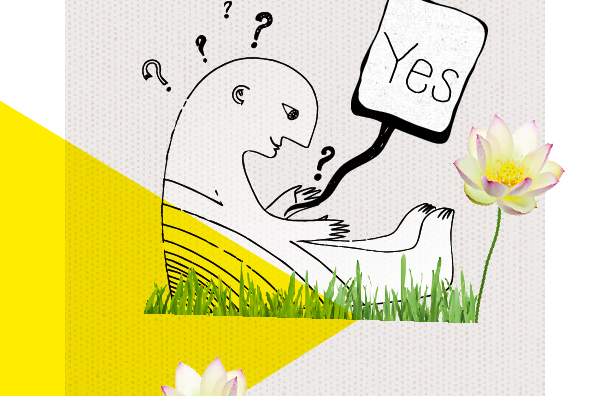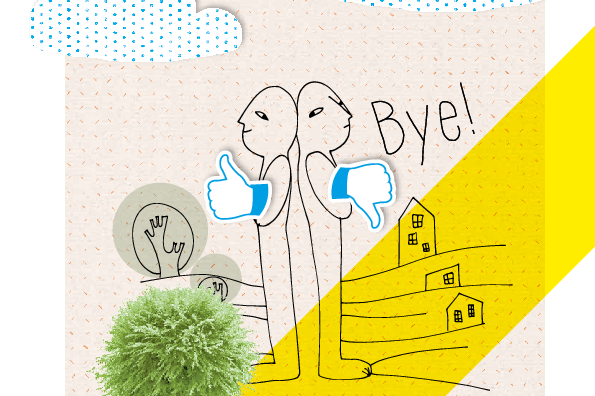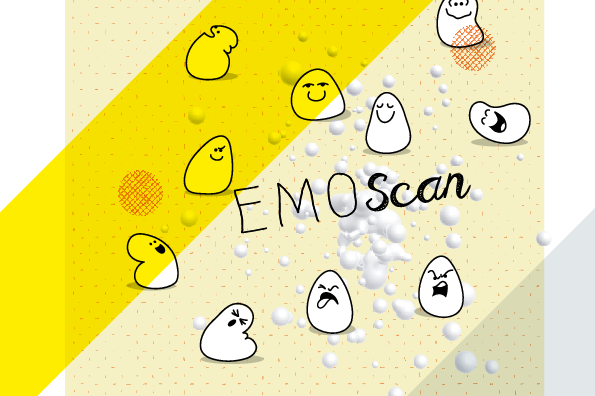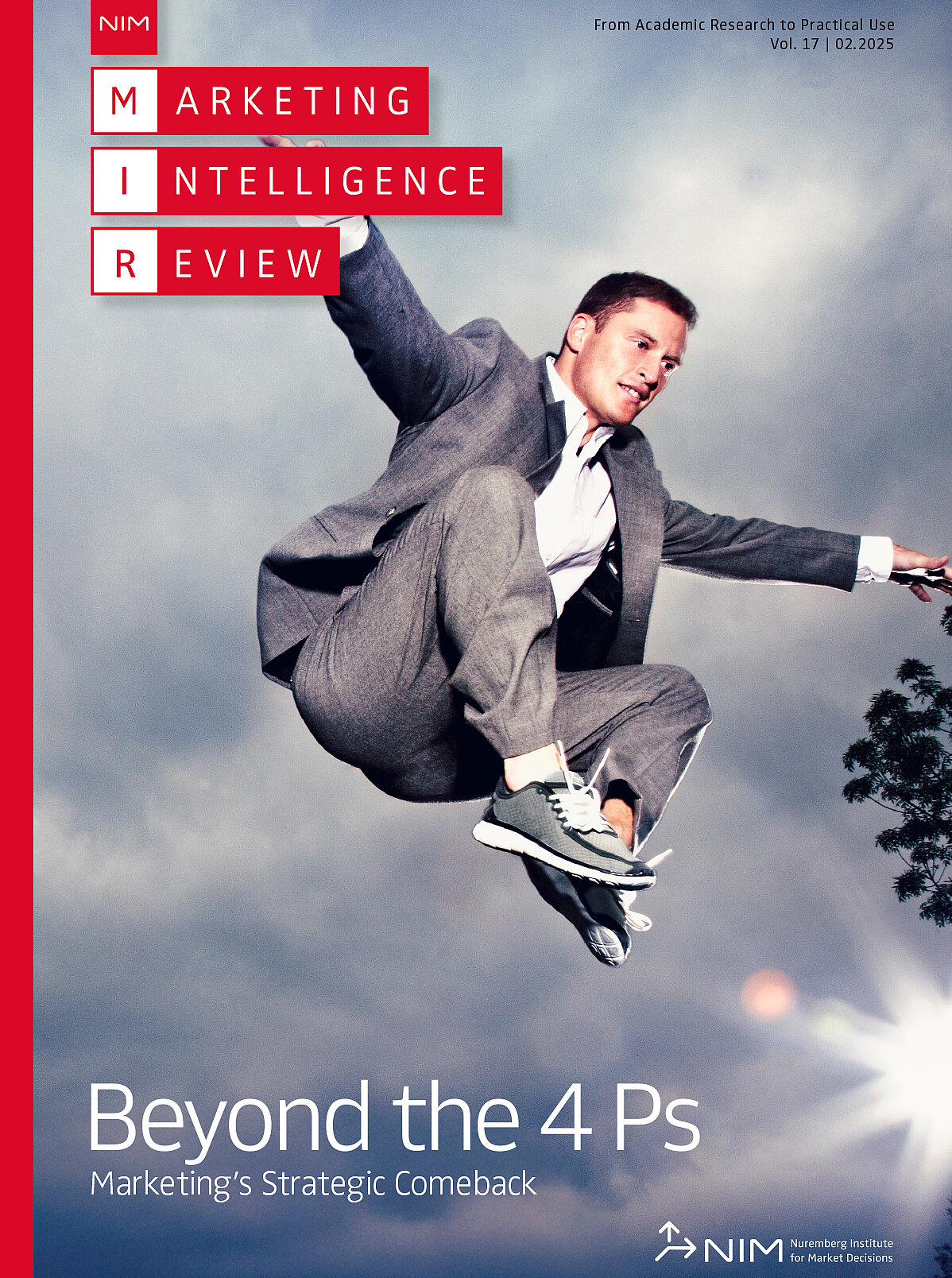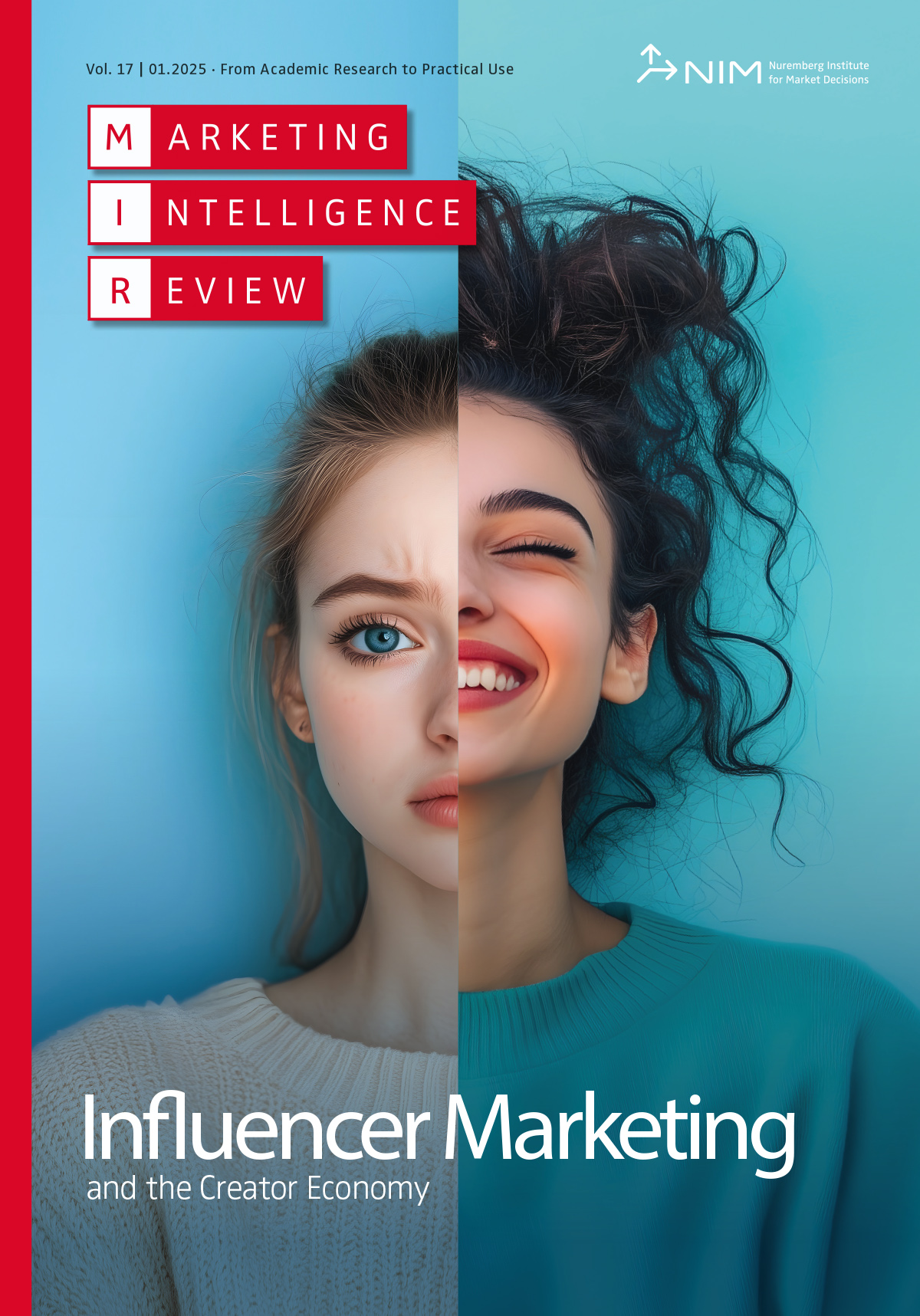No Motion without Emotion: Getting Started with Hard Facts on a Soft Topic
Abstract
The power of emotions is evident in almost all areas of marketing and consumer behavior. Consumers often strive for “affect optimization:” At the end of the day, they want their emotional balance to be positive. That means products, advertisements and other people – anything that can make us happy – all have a high potential for success. Hundreds of empirical studies demonstrate the importance of emotions in marketing and consumer behavior.
But emotions are very diverse and can be researched from different perspectives. Biologically oriented theorists deal with basic emotions that are genetically programmed, whereas appraisal theorists consider cognitive appraisal as a precondition for emotions. In their view, emotions result from the comparison of actual and desired states. The constructivist perspective combines these two theories. Constructivists assume that the body first reacts to an experience and then the brain interprets the event to form an emotion.
Methods for measuring emotions are as diverse as the various theoretical approaches. They range from verbal self-evaluation and picture-based scales to neuroscientific measures like heart rate, electrodermal reactions or regional brain response. Other popular approaches include observational methods that attempt to capture emotional facial expressions. Which method fits best needs to be decided on a case-by-case basis



